Alright – so today we’ve got the honor of introducing you to Ronnie Boykin Jr.. We think you’ll enjoy our conversation, we’ve shared it below.
Ronnie, thanks for taking the time to share your stories with us today When did you first know you wanted to pursue a creative/artistic path professionally?
The first time I knew I wanted to pursue a creative path professionally was when I was 7 years old. As a child, Saturday morning cartoons were a highlight of my week. Among them, Fat Albert and The Junkyard Gang stood out. Unlike other shows that featured the occasional Black character, Fat Albert showcased an entire cast that looked like me. This was revolutionary and inspiring. It gave me a sense of belonging and representation that was otherwise missing in the media I consumed.
This longing for representation extended to the Sunday comics, where I rarely saw characters who resembled me. I remember telling my mom that when I grew up, I wanted to be a cartoonist to create more stories featuring Black characters. This desire only grew stronger with time. I spent countless hours in my room, sketching and developing my style. However, I struggled to find a unique voice in my drawings.
Everything changed when I discovered graffiti through the movie “Beat Street.” The vibrant art style captivated me, and I began incorporating graffiti elements into my character designs. My mom, who was attending college at the time, would bring home stacks of computer paper from the lab. I used these to create large comic books, practicing relentlessly to hone my skills.
My dedication paid off when I enrolled in The Marwen Foundation during my junior year of high school. This non-profit program offered various art courses for children aged 7-17, providing me with a formal education in art. The skills I developed at Marwen were invaluable, and I eagerly applied them to my high school art assignments.
Despite my enthusiasm, I faced resistance from my high school art teacher. He criticized me for turning every assignment into “Black art.” He couldn’t understand how a still life could be infused with my cultural perspective. But for me, it was natural to depict characters that reflected my identity. I struggled with drawing white characters and felt a profound connection to creating art that represented my experience as a Black artist. Though I felt a bit insulted by my art teacher’s critique, I continued to develop my skills. It wasn’t the last time my art would be scrutinized.
After graduating from high school, I spent three summers working as an artist for Gallery 37, a City-funded program where young teens create and sell art. Once again, I faced resistance from those who had issues with my focus on Black art. My work was often labeled “urban,” a thinly-veiled critique of its Black subject matter. During my final summer at Gallery 37, I fought to paint a park bench depicting iconic Black historical leaders and scenes of Black Americans protesting for equality. My supervisors deemed the subject “controversial” and pushed me to replicate a well-known white artist instead. I stood my ground, eventually creating a collage tribute to filmmaker Spike Lee, although I remained passionate about my initial concept.
From that point on, everything I created—whether drawing, painting, or otherwise—was a reflection of my identity and culture, offering a voice to the often unacknowledged and unrepresented.
While working the summers at Gallery 37, I attended Columbia College Chicago. There, I took drawing and painting classes that further developed my style. I still loved graffiti, and a Black European graffiti artist named Mode 2 became a significant inspiration. Mode’s work captivated me with its dynamic characters, poses, facial features, and use of colors, light, and shadows. He remains one of my favorite artists to this day.
As I progressed at Columbia, my goal shifted from becoming a cartoonist or comic book artist to becoming a versatile artist. I also explored graphic design and filmmaking, with Spike Lee being a major influence in that genre. After graduating, I struggled to find employment in my field, lacking the right connections and networking opportunities to secure a position in my area of study, which resulted in me taking various retail jobs. Eventually, I landed a position at a neighborhood art and framing store called Good’s of Evanston, which was an hour and a half commute each day. There, I befriended fellow artists and interacted with customers who were also professional artists. Good’s was the turning point where I realized I wanted to pursue art as a profession, influenced and inspired by those around me who had successfully made art their career.
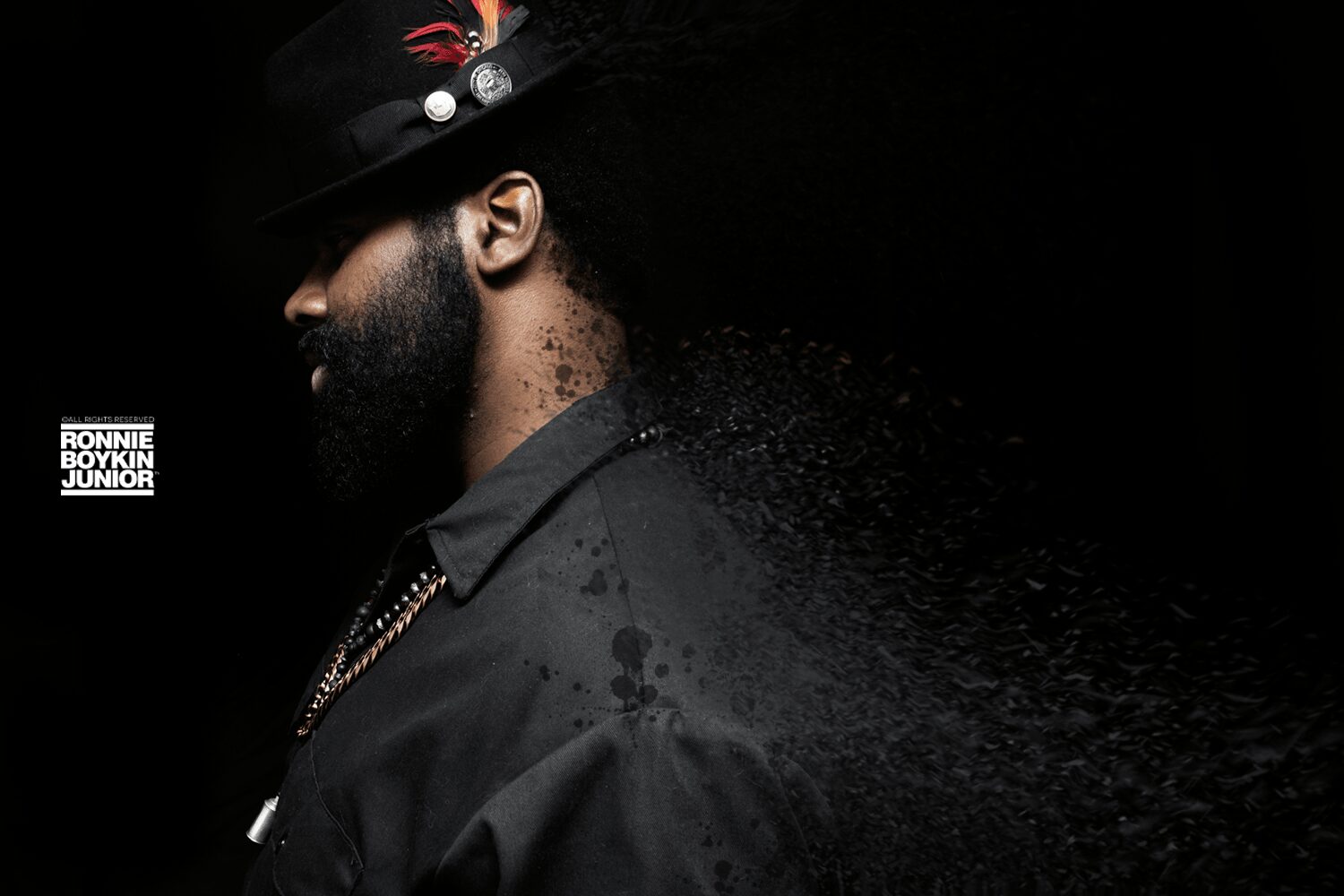
As always, we appreciate you sharing your insights and we’ve got a few more questions for you, but before we get to all of that can you take a minute to introduce yourself and give our readers some of your back background and context?
I am Ronnie Boykin Jr., a passionate and innovative photographer, graphic, and visual artist with over three decades of experience. My work is at the forefront of creative imagery that captures the essence of my generation. Through photography, painting, and graphic design, I elevate the experiences, beauty, and struggles of Black life. Known as one of Chicago’s premier hip-hop photographers, I have documented thousands of images from the city’s vibrant underground hip-hop scene. My art also serves as activism, addressing and questioning significant societal issues. I specialize in capturing life’s most precious moments, including weddings, special events, fashion, and headshot photography.
My creative journey began at the age of seven, inspired by my mother, who nurtured my passion for art. Through the invaluable training and mentoring opportunities provided by The Marwen Foundation and Gallery 37 Summer Programs, I developed my unique visual style. I pursued formal education at Columbia College Chicago, earning a Bachelor of Liberal Arts degree. My professional network expanded significantly during my time at Good’s of Evanston, leading to my first solo exhibit at Gillock Gallery and a group showing with The Boombox Collective in 1999.
A defining moment in my career was the creation of “The Chain of Perception in Black America” in 2017, a project that deeply reflects my political roots and the necessity for racial dialogue. This work was featured at the University of Denver Museum of Anthropology, fostering an essential conversation about the Black narrative.
As of 2021, I continue to push the boundaries of my photographic mastery, always seeking new levels of creativity and expression. My work is characterized by a commitment to authenticity and representation, aiming to give voice to stories that are often overlooked. I take pride in offering a diverse range of creative services, solving visual and narrative problems for my clients with a unique perspective that sets me apart in the industry.
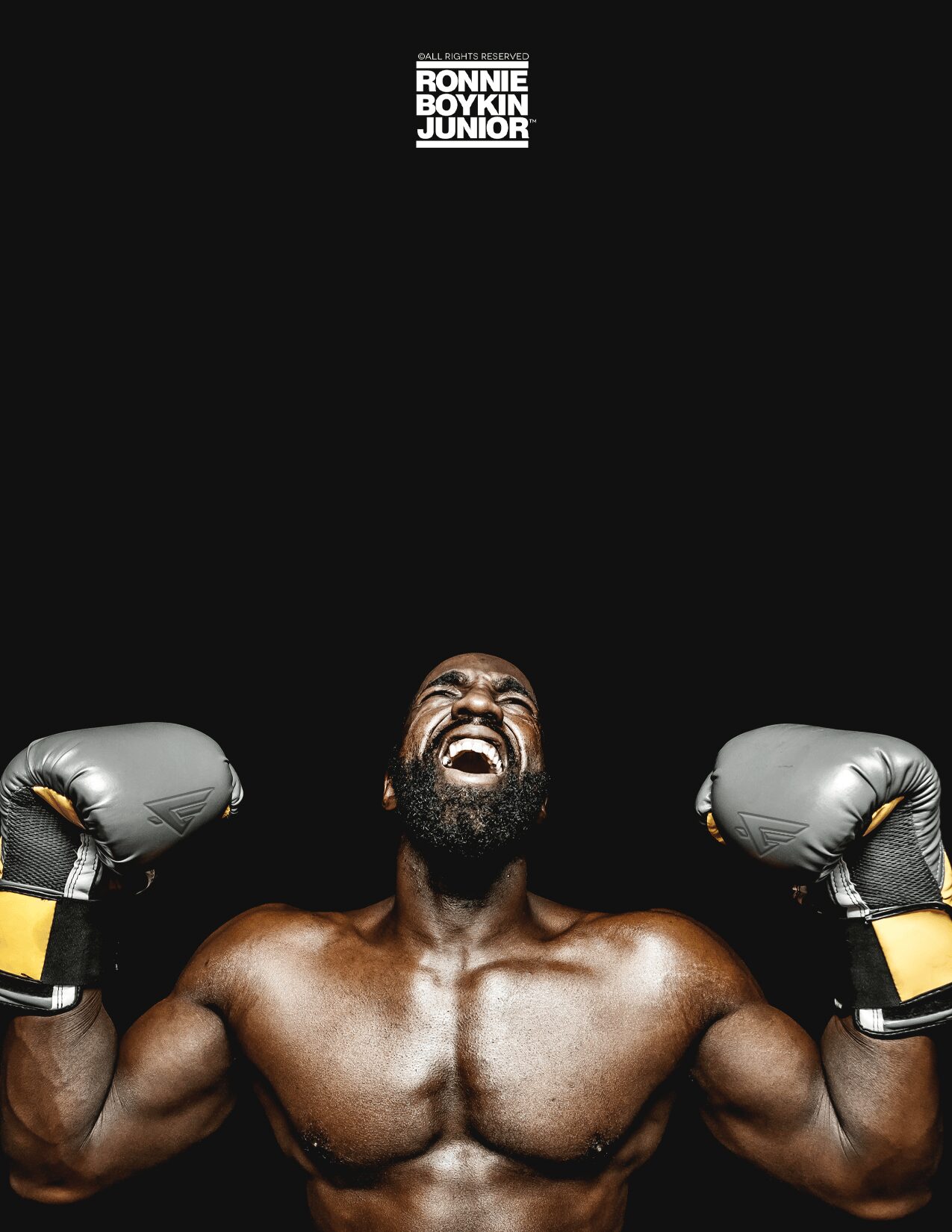
Can you tell us about a time you’ve had to pivot?
When I was laid off from Good’s, an art and framing store, I told myself that I would take time to create new art and aim for gallery showings or collaborations with fellow artists. However, just two months later, my mom was involved in a car accident the day before Mother’s Day. I didn’t find out until the hospital called. It was a blessing that she survived, but she was hospitalized for a month and a half. During that time, my focus shifted entirely to handling her financial matters and insurance claims. Creating art was far from my mind.
When my mom came home from the hospital, caring for her took up most of my attention until she was able to return to work the following year. As months passed, my unemployment benefits were running out, and I had no steady income. I couldn’t look for work because I needed to transport my mom to and from her job. The stress and frustration left me in a bad place mentally. I tried to create art, but the motivation just wasn’t there.
During this challenging time, one of my best friends decided to start his own graphic design company and asked if I wanted to join him. Desperate for income, I agreed. My role was graphic designer, while he handled web design. We targeted small businesses, performing artists, and anyone who needed graphic and web services. Despite the ups and downs, I gained valuable insights into starting and running a small business.
It was during this period that I developed an interest in photography. We decided to add photography to our roster of services, even though neither of us had professional experience in it. When business was slow, I borrowed the company camera to familiarize myself with digital photography. Realizing I had a good eye for composition, I started attending various performance events and photographing them. This led me to explore and research different genres of photography, including weddings, portraits, headshots, and street photography.
Over the next few years, I continued to hone my photography skills and saw significant improvement from when I first started. Gradually, I began to drift away from providing graphic design services, especially as I received positive feedback and growing attention on social media for my photographic work. This pivot not only reignited my creative passion but also set me on a new professional path that I am proud of today.
Though I have found a new love in photography, my first love—drawing and painting—remains close to my heart. I plan to return to these mediums in the future, continuing to explore and express my artistic vision through multiple forms.
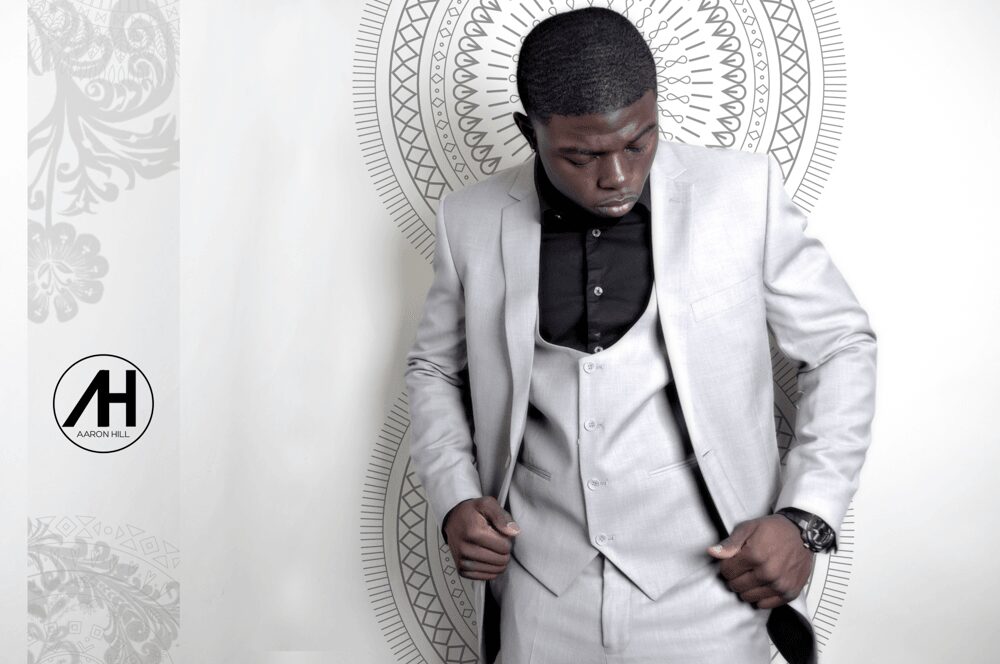
We’d love to hear a story of resilience from your journey.
Building my photography business from the ground up has been one of the most challenging yet rewarding experiences of my life. After discovering my passion for photography, I decided to take on making it as a way of living, incorporating graphic design into my work to offer a broader range of services. However, the journey was far from easy.
Starting out, I had no steady client base and very little income. I had to wear many hats – marketing manager, customer service representative, accountant, graphic designer, and, of course, photographer. I spent countless hours reaching out to potential clients, promoting my work on social media, and networking at events. Despite my efforts, progress was slow. The most frustrating moments were when I had little to no business at all, facing the uncertainty of not having a consistent income. I often felt overwhelmed and frustrated, questioning whether I could make a sustainable living from my photography.
When the pandemic hit in 2020, the situation became even more challenging. I applied for small business relief grants targeted at those whose businesses were affected by the pandemic. These grants allowed me to invest in better equipment, enabling me to improve and expand my photography services while honing my skills.
I continued to expand my portfolio and showcase my work, I attended events where I photographed at no charge and asked friends to participate in photo shoots. Gradually, my client base began to grow, although there were still times when business was slow. As I dealt with these setbacks, I remained committed to refining and developing my skills as a photographer.
Though my photography business isn’t thriving just yet, it is gaining attention and gradually building momentum. This journey taught me the importance of resilience and the value of staying committed to my goals, even when faced with significant challenges. Today, I am proud of how far I’ve come and continue to strive for excellence in every project I undertake.
Contact Info:
- Website: https://www.ronnieboykinjunior.com
- Instagram: thearbejayexperience
- Linkedin: ronnieboykinjunior
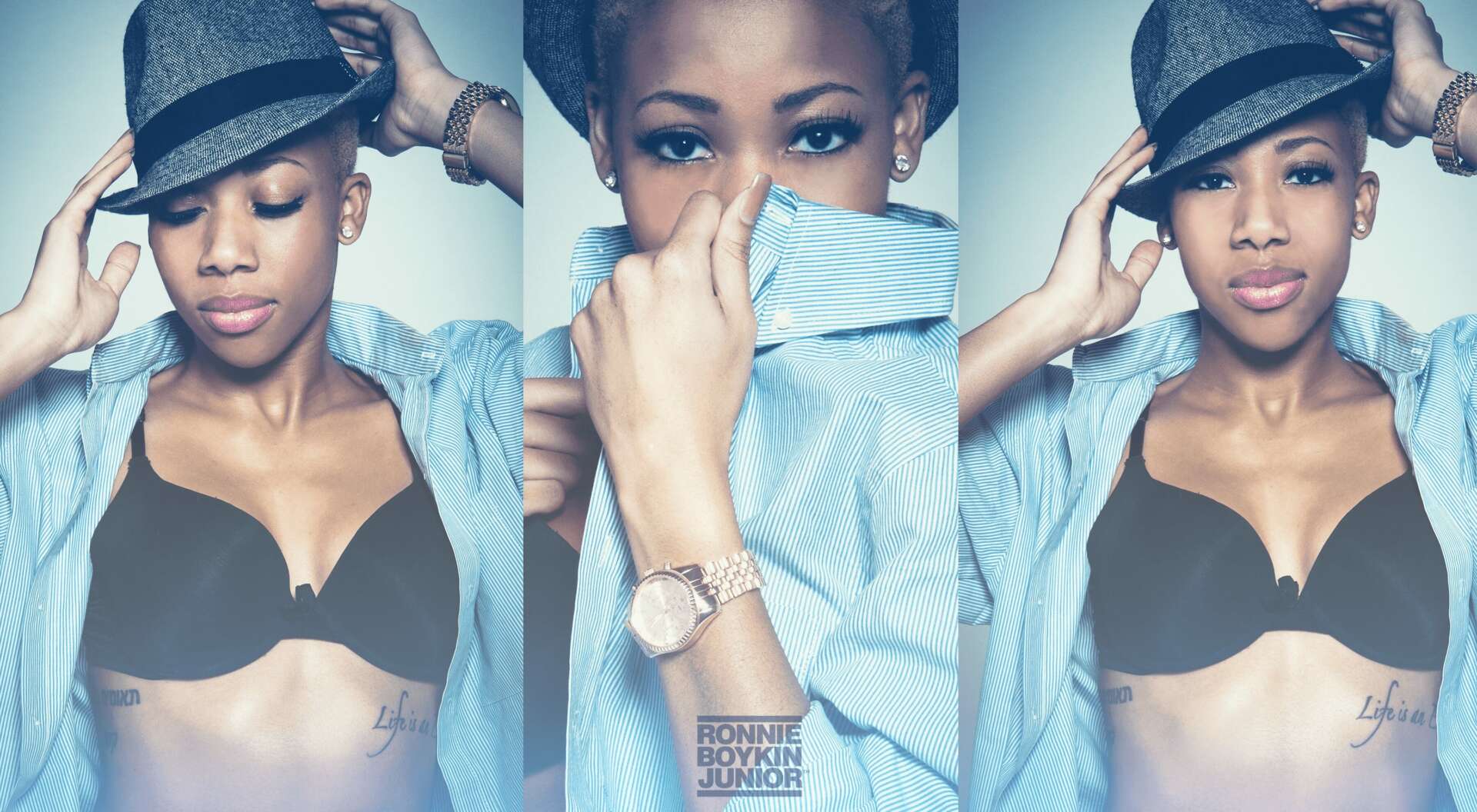


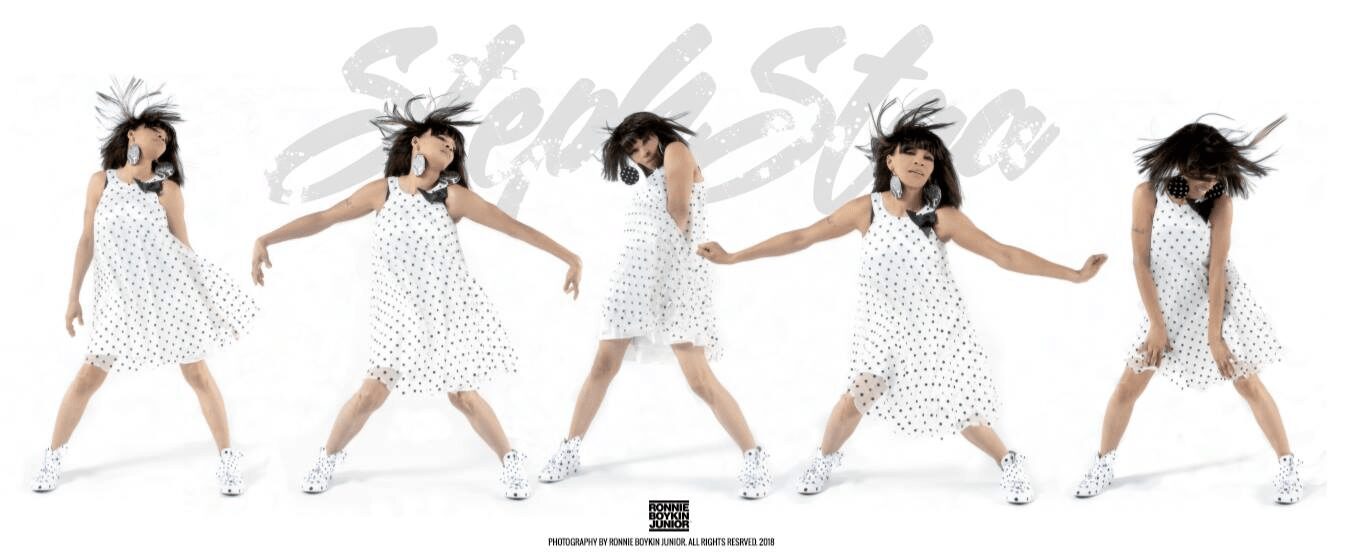
Image Credits
1. Al Tamper
2. Garfield Green
3. Aaron Hill
4. A. Monae
5. Afi Watson
6. B.J. Brown
7. Stephanie McNair


